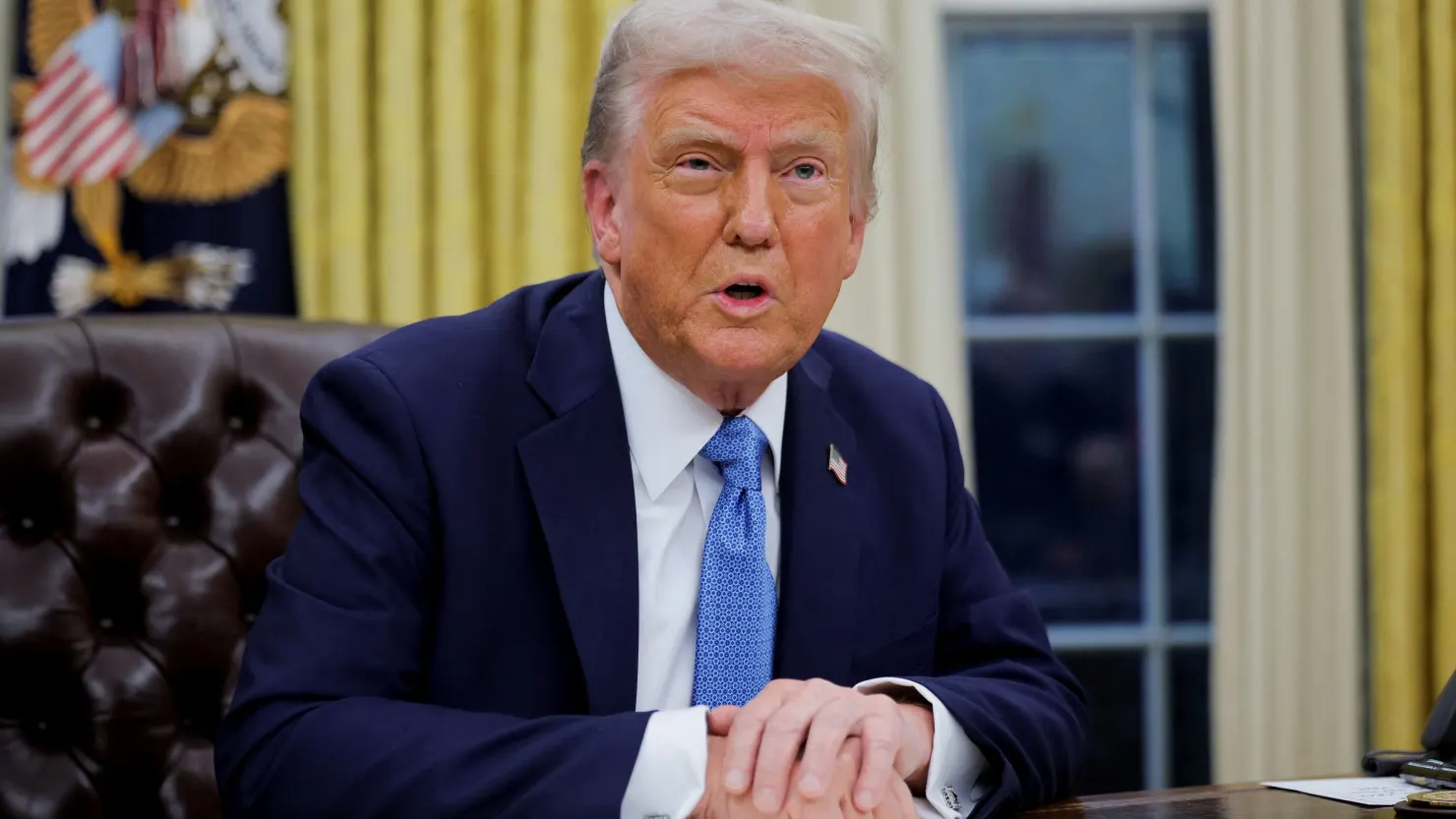12/11/2024
Textile Industry Boom or Bust Under Trump’s Return?
As former President Donald Trump return to the U.S. presidency, experts predict that his policies could bring mixed outcomes for Vietnam’s textile industry.
The Vietnam Investment Forum 2025 (VIF 2025) revealed a divided outlook among investors and industry leaders, as they discussed the implications of a potential Trump administration on export-driven sectors like textiles.
Trần Văn Thảo, Investment Director of TPS Securities, voiced concerns over Trump’s known protectionist approach, which often emphasizes tariffs on imported goods.
“His policies could significantly impact Vietnamese exporters in industries like textiles, furniture, and seafood,” Thảo said, indicating that higher tariffs could weigh heavily on Vietnam’s competitive edge in the U.S. market.
Conversely, Đào Minh Châu, Deputy Head of Equity Analysis at SSI Research, presented a more optimistic view, noting the potential for growth despite expected challenges.
According to Châu, the textile industry may experience a slight slowdown in 2025, but its price-to-earnings (P/E) ratio remains attractive, projected to stay below 10 – a valuation lower than other sectors.

He added, “With Trump likely to impose higher tariffs on Chinese imports, Vietnam, a key competitor in the U.S. textile market, could see growing demand for its goods.”
MB Securities (MBS) Research Director Trần Khánh Hiền said that a Trump victory could reshape global trade flows, prompting U.S. retailers to accelerate orders to circumvent potential tariffs.
She suggested that any reconfiguration of trade routes would likely benefit sectors like ports and energy, while oil and gas could struggle if Trump maintains low oil prices.
In addition to textiles, Hiền pointed to a few other sectors poised for growth in 2025.
-
- Real Estate: With legal bottlenecks easing, real estate is expected to recover gradually, with stock prices possibly reflecting this rebound before the broader market.
- Public Investment: Infrastructure development is likely to intensify, fueling economic growth and benefiting banks, construction, and building materials industries.
- Chinese Economic Recovery: Hiền also noted that China’s economic support measures could drive up the prices of key imports like rubber and steel. While this may strain certain import-reliant firms, domestic steel and rubber manufacturers stand to benefit.
As the global economic landscape evolves, Vietnam’s textile sector, like many others, will need to adapt to an increasingly complex international environment.
Edited from the original article Ngành dệt may ‘nở hoa’ hay bế tắc dưới thời ông Trump ‘version 2’?
Share:











